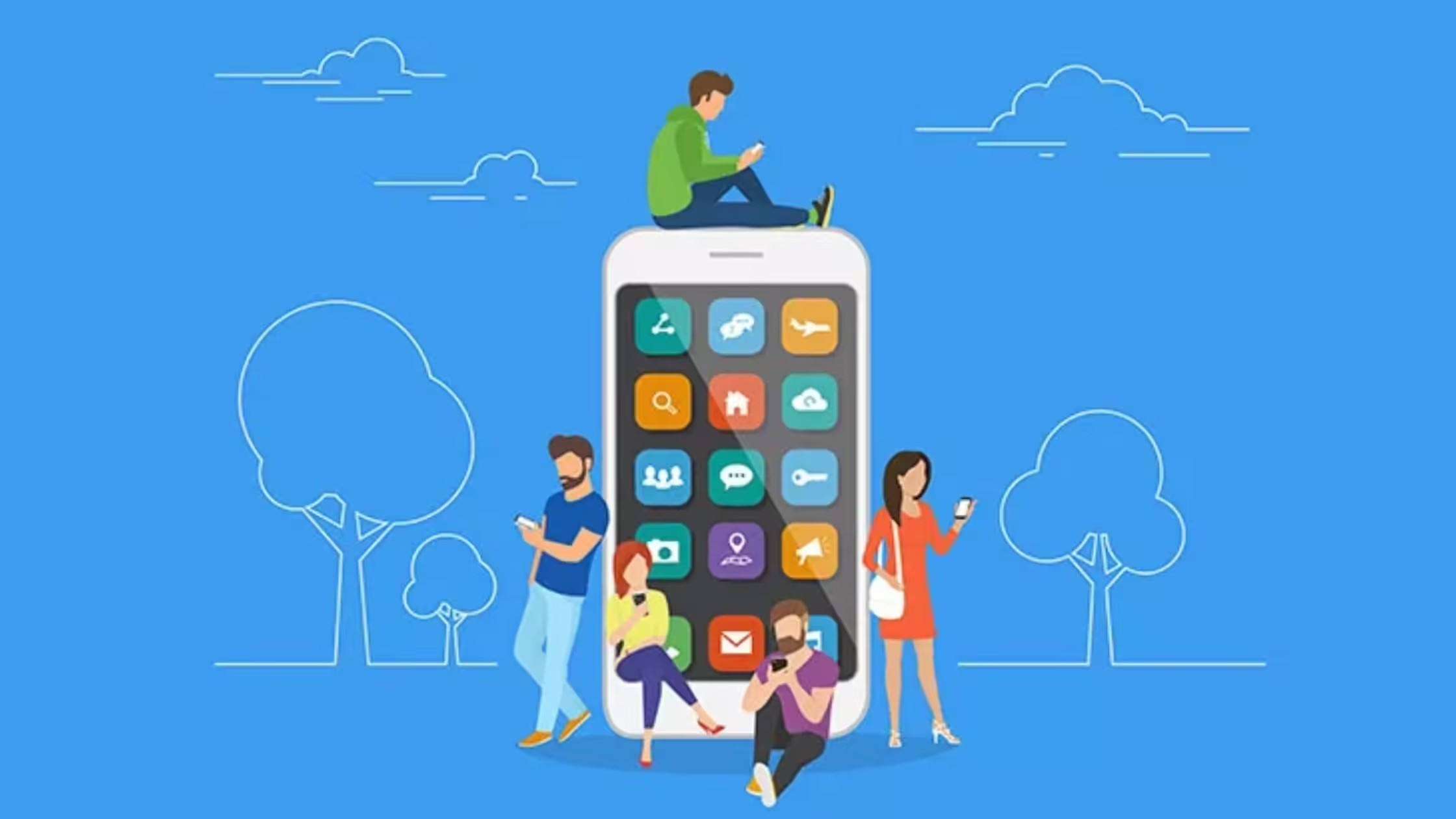The Benefits of Retargeting: How to Bring Customers Back
Have you ever noticed ads following you around online after you’ve browsed a product? This is the essence of retargeting, a key strategy in digital marketing that aims to re-engage people who have previously visited your site but left without taking action. In this blog, we’ll dive into why retargeting is crucial, its benefits, and best practices to help you effectively reconnect with potential customers.
What is Retargeting?

Why Do Visitors Leave Without Converting?
Not every visitor converts on their first visit. Some may be price-checking, exploring options, or simply distracted. Re-targeting helps bridge this gap by offering users gentle reminders to return, boosting the chance they’ll complete the desired action later on.
Benefits of Retargeting
1. Increased Brand Awareness
Re-targeting enhances your brand visibility by keeping your brand in front of potential customers as they browse elsewhere on the internet. With this increased visibility, users are more likely to return and convert, especially if they see your brand frequently in their online journey.
2. Higher Conversion Rates

3. Cost-Effective Advertising
Re-targeting can be highly cost-effective, as it focuses on a targeted audience with prior engagement. These users are already aware of your brand, so they’re likely closer to conversion, which leads to better results for your ad spend.
4. Personalization Opportunities
Re-targeting allows for tailored ads based on the specific pages or products a user visited. This means you can deliver relevant messages that feel personalized, making it easier to encourage them to come back and complete their purchase.
5. Multi-Platform Reach
With retargeting, you can reach customers on multiple platforms—whether social media, websites, or search engines—keeping your brand visible wherever they go. This ensures that your messaging aligns with their online behaviors and habits, increasing your chance to re-engage them effectively.
How Retargeting Works
The process of retargeting is fairly straightforward:
- Tracking: A retargeting pixel or cookie is placed on a visitor’s browser when they visit your website.
- Segmentation: Users are segmented based on their browsing behavior, such as pages visited or items viewed.
- Personalized Ads: Specific ads are shown to users based on their browsing history, keeping your brand in mind.
- Frequency Capping: To avoid ad fatigue, frequency capping helps control how often users see your ads, balancing visibility and user experience.
Best Practices for Effective Retargeting
1. Implement Frequency Caps
Showing the same ad too often can lead to ad fatigue. To avoid this, use frequency caps to limit how often users see your retargeting ads, ensuring they don’t become annoyed with overexposure.
2. Timing is Key
Retargeting ads are most effective when shown shortly after a user leaves your website. For instance, displaying ads within the first 48 hours can make users more likely to return.
3. Compelling Calls-to-Action (CTAs)
Ensure your retargeting ads have clear CTAs, such as “Buy Now” or “Complete Your Order.” These actionable prompts encourage visitors to revisit your website and complete their purchases.
4. Use A/B Testing
Experimenting with different designs and messages allows you to understand which ads perform best. Regular A/B testing can help you refine your retargeting strategy for maximum impact.
5. Exclude Converted Customers
Once a customer converts, be sure to exclude them from retargeting ads. This prevents spending budget on ads for customers who have already completed the desired action and allows you to focus on those who still need to be re-engaged.
Case Study: Retargeting Success Story
A leading retail brand used retargeting to boost conversions significantly. By offering a limited-time discount in their retargeting ads, they encouraged customers who had previously abandoned carts to return and finalize their purchases, resulting in a 30% increase in sales.
Conclusion
Re-targeting is a vital strategy for any business looking to enhance conversions. By continuously engaging users who have already shown interest, re-targeting builds brand visibility, increases conversion rates, and provides a cost-effective approach to marketing. If you haven’t explored the power of retargeting, now is the time to integrate it into your digital marketing strategy and see how it can help you reconnect with visitors and turn them into loyal customers.

